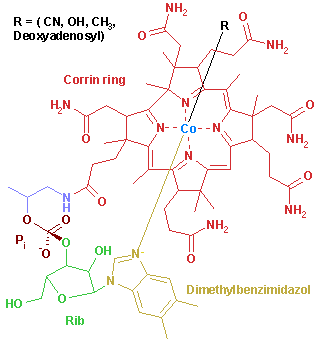Six hundred twenty-eight Japanese patients (mean age, 71 years) with residual hemiplegia at least one year after their first ischemic stroke were randomly assigned to receive, in double-blind fashion, 5 mg/day of folic acid and 1,500 mcg/day of vitamin B12 (methylcobalamin) for two years. At baseline, the mean plasma homocysteine concentration was above the reference range, and the mean serum vitamin B12 concentration was below the reference range for the healthy Japanese elderly population. After two years, the mean plasma homocysteine concentration decreased by 38% in the treatment group and increased by 31% in the placebo group (p < 0.001). In intent-to-treat analysis, after 2 years, hip fractures had occurred in 6 patients in the treatment group and in 27 in the placebo group (1.9% vs. 8.6%; 78% reduction; p < 0.001). The mean number of falls per patient did not differ between groups, and the mean reduction in metacarpal BMD on both the hemiplegic and intact sides did not differ significantly between groups. Based on these results, it was calculated that 1 hip fracture would be prevented for every 15 patients treated. No significant adverse effects were reported.
Comment: Stroke increases the risk of subsequent hip fracture by 2- to 4-fold. Hip fractures usually occur relatively late after stroke onset and almost always on the paretic side of the body, apparently because bone mineral density (BMD) declines on that side as a result of inactivity. Hyperhomocysteinemia, which is a risk factor for both ischemic stroke and osteoporotic fractures in elderly men and women, may result in part from a deficiency of folic acid or vitamin B12.
The results of the present study indicate that treatment with folic acid and vitamin B12 reduced the incidence of hip fractures in hyperhomocysteinemic patients following a stroke. Since treatment did not influence BMD, the beneficial effect may have been due to an improvement in bone quality. Homocysteine has been shown to interfere with the formation of collagen cross-links, an effect that may lead to abnormalities of bone matrix, potentially resulting in increased bone fragility.
Other people with high homocysteine levels might also benefit from taking these vitamins. In addition to folic acid and vitamin B12, several other nutrients play a role in lowering homocysteine levels; these include vitamin B6, choline, and betaine.
Sato Y, et al. Effect of folate and mecobalamin on hip fractures in patients with stroke: a randomized controlled trial. JAMA 2005;293:1082-1088.
COPYRIGHT 2005 The Townsend Letter Group
COPYRIGHT 2005 Gale Group



